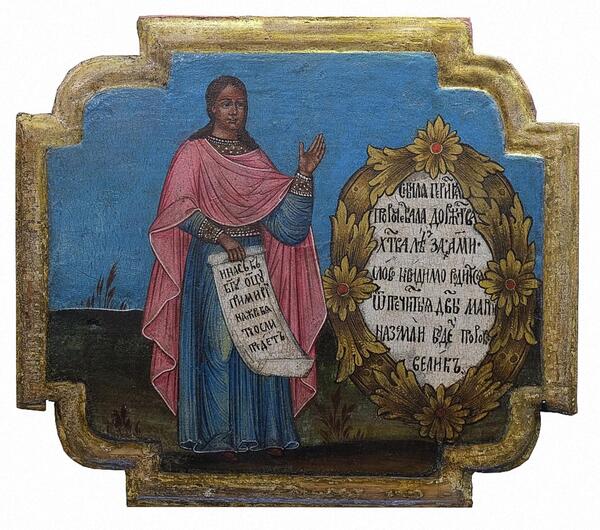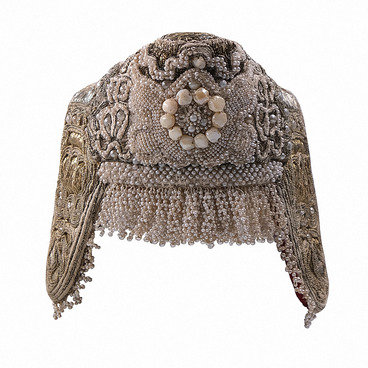That is, it is believed that she predicted the birth of the Savior.
In total, there were twelve ancient prophetesses in antiquity. It was believed that they lived in different parts of the earth. In Russia, they have been known since the 16th century because of a legend that was part of the work “Prophecies of the Hellenic Sages”, translated from Greek. Fortune tellers became especially popular after Nikolai Spathari, a diplomat at the royal court, compiled his “Book about the Sibyls” in 1673. In it, he described all the famous ancient prophetesses and their predictions, interpreting them as indications of the birth of Christ. So the ancient Sibyls were directly compared with the Old Testament prophets. Spathari presented an illustrated copy of the book to the sovereign Alexey Mikhailovich.
In the 18th century, there was a tradition to decorate church choir stalls (places for choristers) with images of sibyls or to place them under the veneration tier of the iconostasis — the lower tier with images of the Savior, the Virgin, the saint, or the feast to which the temple is dedicated, and locally-revered icons. The custom of depicting sibyls spread widely in the province, where it existed until the turn of the 19th century.
This icon came to the museum’s collection from the Church of the Intercession of the Most Holy Mother of God in the village of Lyadiny. The image was part of a tier of iconostasis located under the veneration one — it was made during the reconstruction of the church in the 18th century. There were only eight out of twelve Sibyls there — as many as the tier could fit. The icon painter created rather simple images: he did not use engravings but arranged the composition himself. In addition to the Persian Sibyl, the Phrygian one has also been preserved from that collection to this day.
Images of prophetesses could also be found in two other churches of Kargopol: the Ascension Church and the Church of the Savior.



